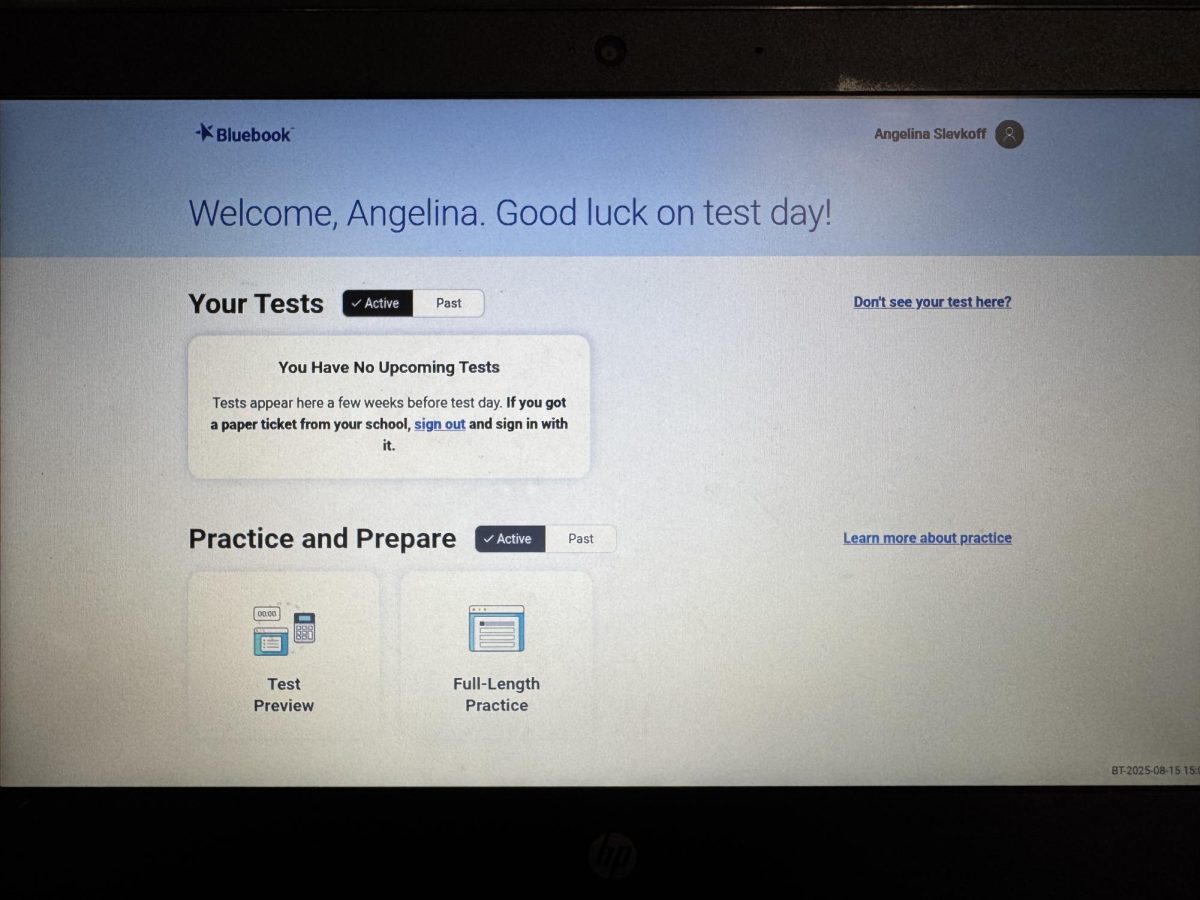Late last month, a new moon made its way to Earth, where it will stay temporarily. This new moon arrived on September 29th, 2024. The “mini-moon,” named 2024 PT5, will remain in Earth’s orbit until November 25th, 2024.
Although 2024 PT5 is called a “mini-moon,” it’s actually an asteroid that was captured by Earth’s gravitational pull. This is for a temporary time of 57 days. On November 25th, the asteroid will exit our gravitational pull and continue its journey through the solar system. Scientists have announced that having a second moon isn’t uncommon and this won’t cause any danger to our solar system.
This isn’t the first time that an asteroid has been in our atmosphere. The last time a mini-moon was present took place in 2022 when an asteroid called NX1 came into Earth’s orbit. Since NX1 arrived, there have been multiple studies being published for the American Astronomical Society. But, this wasn’t the first time NX1 made an appearance for us, as it was actually in Earth’s orbit in 1981 as well. While NX1 was here, many people had multiple concerns, claiming that it would ruin our solar system because Earth isn’t supposed to have two moons. In spite of this, scientists have assured that having a second moon will disrupt nothing and won’t put our solar system in danger.
With this new asteroid in our solar system, a group of scientists at the Asteroid Terrestrial-impact Last Alert System (ATLAS) predicted that this exact asteroid will return in 2055. The group has been tracking 2024 PT5 since August when the discovery was first made. Not only will this group be tracking the mini-moon, but they will also track the International Astronomical Union’s Minor Planet Center. The group will keep track of the 2024 PT5 along with other small objects entering our solar system.
Even though these mini-moons aren’t visible to the naked eye, it’s a rare occurrence that gets people interested. The event is very exciting and could inspire people to explore the universe and see what astronomy is really about.







